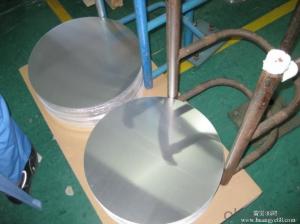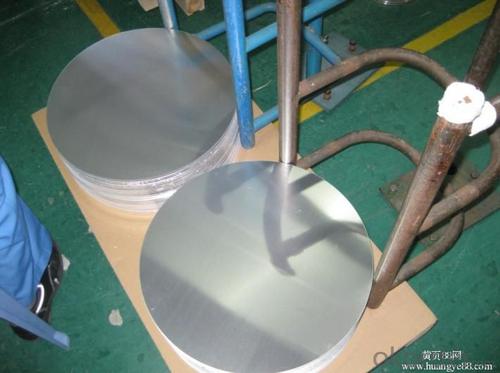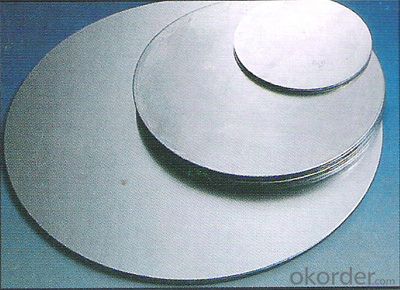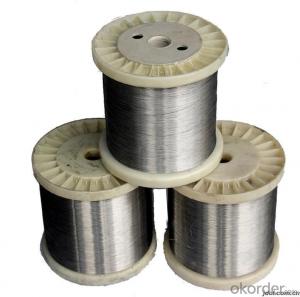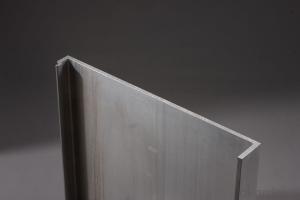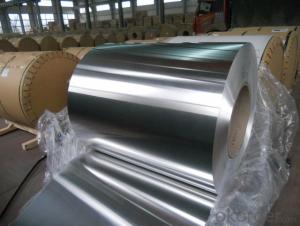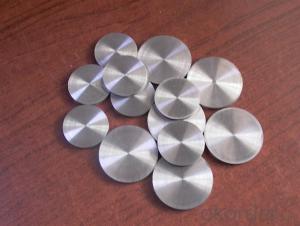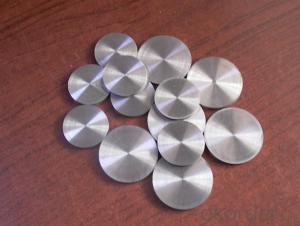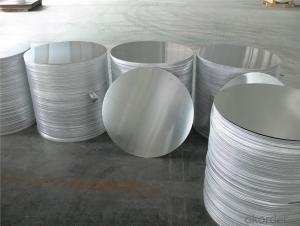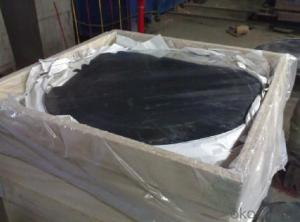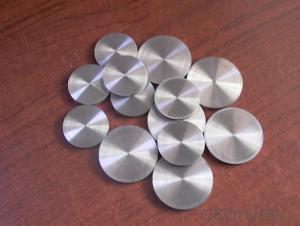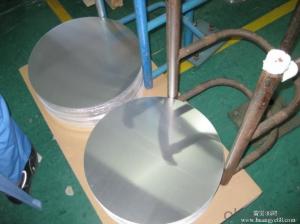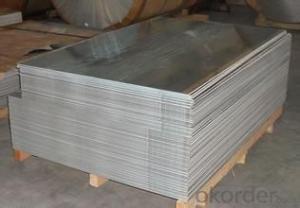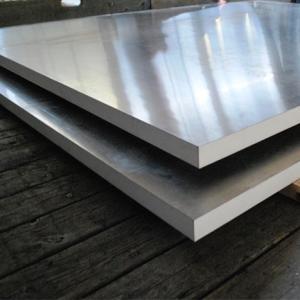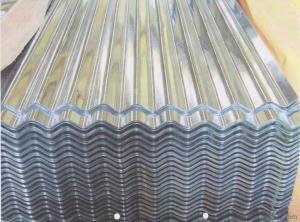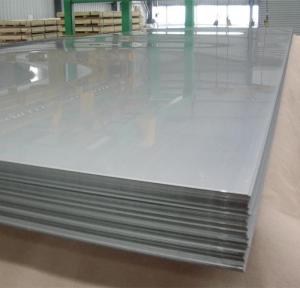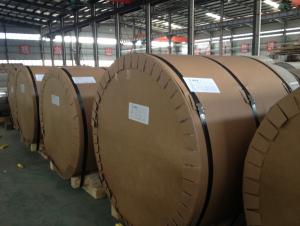Heavy Dull Aluminum Baking Sheets - Continuous Casting Aluminum Circle for Pot
- Loading Port:
- Shanghai
- Payment Terms:
- TT OR LC
- Min Order Qty:
- 2 m.t.
- Supply Capability:
- 5000 m.t./month
OKorder Service Pledge
OKorder Financial Service
You Might Also Like
Specification
1.Structure of Continuous Casting Aluminium Circle for Pot
Continuous Casting Aluminium Circle for Pot is one semi-finished aluminium material. This Aluminium Circle is widly used to produce aluminium pot, especially for spinning The alloy AA1050 is widly used in building, industry ect. Its weight is much lower than steel. So many customers choosed aluminium material instead of steel.
2. Main features of Continuous Casting Aluminium Circle for Pot
a.Competitive price---We have our own mills and can produce mill finished aluminium coils, so we can control the production cost better.
b.Professional after-sale service---We have more than 15 years exportation experience and you need not worry about the exporation problems.
c.Fast delivery time---We can control the delivery time within 35 days.
3. Image

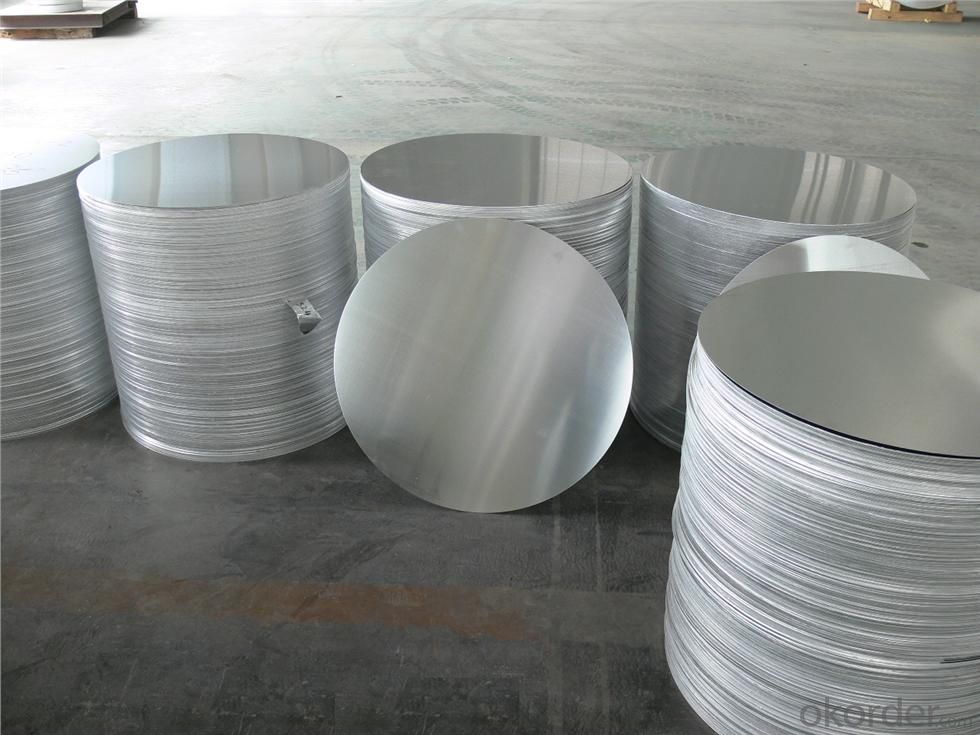

4. Product Specification
| Alloy | Temper | Thickness | Diameter | Weight |
| AA1050 | H14 | 0.2MM-2MM | 100MM-1000MM | 2 TONS |
5.FAQ:
What is the quality standard?
---Usually our standard is GB3880-2006
What is the largest width?
---It is 2300mm
What is the MOQ?
---Usually we can accept 80 tons.
- Q: Are aluminum sheets suitable for cladding?
- Aluminum sheets are indeed appropriate for cladding purposes. The utilization of aluminum as a cladding material is widely favored due to its numerous benefits. Firstly, its lightweight nature facilitates easier handling and installation. This leads to a reduction in the overall weight of the cladding system and a minimization of structural loading. Secondly, aluminum showcases exceptional durability and resistance to corrosion, rendering it suitable for both interior and exterior applications. Additionally, it possesses weather-resistant qualities, ensuring that the cladding remains in optimal condition even in harsh climates. Furthermore, aluminum is an incredibly versatile material that can be effortlessly shaped and fabricated, thus allowing for a diverse range of design options. It may be painted or coated with various finishes to enhance its appearance and provide additional protection. Moreover, aluminum cladding necessitates minimal maintenance, as it does not require frequent cleaning or painting. In summary, aluminum sheets are an exceptional choice for cladding due to their lightweight nature, durability, versatility, and low maintenance requirements.
- Q: Are the aluminum sheets suitable for manufacturing traffic signs?
- Yes, aluminum sheets are suitable for manufacturing traffic signs. Aluminum is a popular choice for traffic signs due to its durability, lightweight nature, and resistance to corrosion. These qualities make it ideal for withstanding various weather conditions and ensuring a long lifespan for the traffic signs. Additionally, aluminum sheets can be easily shaped into different sizes and designs, allowing for the creation of custom traffic signs. Overall, the use of aluminum sheets in manufacturing traffic signs is a reliable and efficient choice.
- Q: Can aluminum plate resist acid and alkali?
- Aluminum is a more active metal, easy to react with the acid and alkali of the outside world. If it is in water for a long time, aluminum will react with acid and alkali substances in water. How to improve the acid and alkali resistance of aluminum alloy?Mainly through the oxidation of aluminum alloy, so that its surface with a layer of oxide film, to prevent the external acid-base substances on aluminum alloy corrosion.In order to reduce the surface hardness and wear resistance of aluminum alloy and prolong its service life, the surface oxidation surface treatment technology has become an indispensable part of the use of aluminum alloy.
- Q: Should I purchase a camper made out of aluminum/wood or a fiberglass?I'm looking to purchase a small camper, approx 18', to tow on the back of my SUV. It's a 2011 Wildwood camper. However, I hear campers made out of aluminum and wood aren't very good because the wood can ruin in time and the aluminum can rust, etc. I hear fiberglass campers are better? Anyone have any knowledge or experience with this? Also, any thoughts or advice with brands/models? And about the Wildwood? Thanks in advance.
- Aluminum is lighter so it offers economies over the life of the trailer. The Airstream has been built almost as long as I've been around. It is true that the wood does rot And some care is needed to stop the occasional leak. Fiberglass is heaver and has it's own maintenance issues. I've no experience with the Wildwood. What I do know is that motor homes are dirt cheap right now. You might think about taking advantage of the economy and pick-up a motor home at a bargain.
- Q: Are 101 aluminum sheets suitable for chemical processing equipment?
- Chemical processing equipment should not employ 101 aluminum sheets due to their unsuitability. Although aluminum is a versatile and extensively utilized material, its use is not advisable when dealing with potent acids or bases. Aluminum is prone to corrosion when exposed to certain chemicals, jeopardizing the equipment's integrity and potentially causing leaks or other safety risks. Therefore, it is advisable to opt for materials explicitly engineered and produced to endure the corrosive impacts of the chemicals employed in chemical processing equipment.
- Q: How do aluminum sheets perform in terms of thermal insulation?
- Aluminum sheets are not effective in terms of thermal insulation. Due to their high thermal conductivity, aluminum sheets allow heat to easily transfer through them. This means that they are not able to effectively block or resist the transfer of heat, resulting in poor thermal insulation properties. If thermal insulation is the primary concern, other materials such as fiberglass, foam, or mineral wool would be more suitable choices.
- Q: Can 101 aluminum sheets be used for roofing or siding?
- Indeed, one can utilize 101 aluminum sheets for either roofing or siding purposes. Aluminum, renowned for its robustness, lightweight composition, and ability to resist corrosion, remains a favored material for both roofing and siding applications. Opting for aluminum sheets as a roofing or siding solution guarantees a durable outcome, capable of enduring adverse weather conditions with minimum upkeep. What's more, aluminum sheets are accessible in several thickness options, including 101, thereby providing flexibility to accommodate diverse design and structural requirements.
- Q: What is the classification of 6061106070 aluminum plate, which respectively represent what it means to ask God for help
- 6061, 1060, 7075, these we call "aluminum plate" brand, six beginning, we usually call six Department of aluminum, the beginning of a department of aluminum is pure aluminum, there are 1050, 1060, 1100, etc., aluminum content is more than 99%. Two at the beginning of the Al Cu alloy, 2024 and 2017, less domestic, belongs to aviation aluminum, in addition to the seven lines is the two most hard.
- Q: What oil does the aluminum plate stretch with?
- There are professional tensile oil, you can ask to pull the rice cooker liner manufacturers know, if not a lot of production, you can use peanut oil first try, the effect barely enough!
- Q: Thickness of Aluminum Foil A rectangular sheet ofaluminum foil is 50 centimeters long and 20 centimeterswide, and weighs 5.4 grams. Find the thicknessof the aluminum foil in centimeters
- density Aluminum 2700 kg/m? Volume = 0.5 x 0.2 x d = 0.1d m? where d is thickness 5.4 g = 0.0054 kg 0.0054 kg / 2700 kg/m? = 2.0e-6 m? 2.0e-6 m? = 0.1d m? d = 2.0 e-5 m or 20 ?m or 0.02 mm or 0.002 cm .
Send your message to us
Heavy Dull Aluminum Baking Sheets - Continuous Casting Aluminum Circle for Pot
- Loading Port:
- Shanghai
- Payment Terms:
- TT OR LC
- Min Order Qty:
- 2 m.t.
- Supply Capability:
- 5000 m.t./month
OKorder Service Pledge
OKorder Financial Service
Similar products
Hot products
Hot Searches
Related keywords
